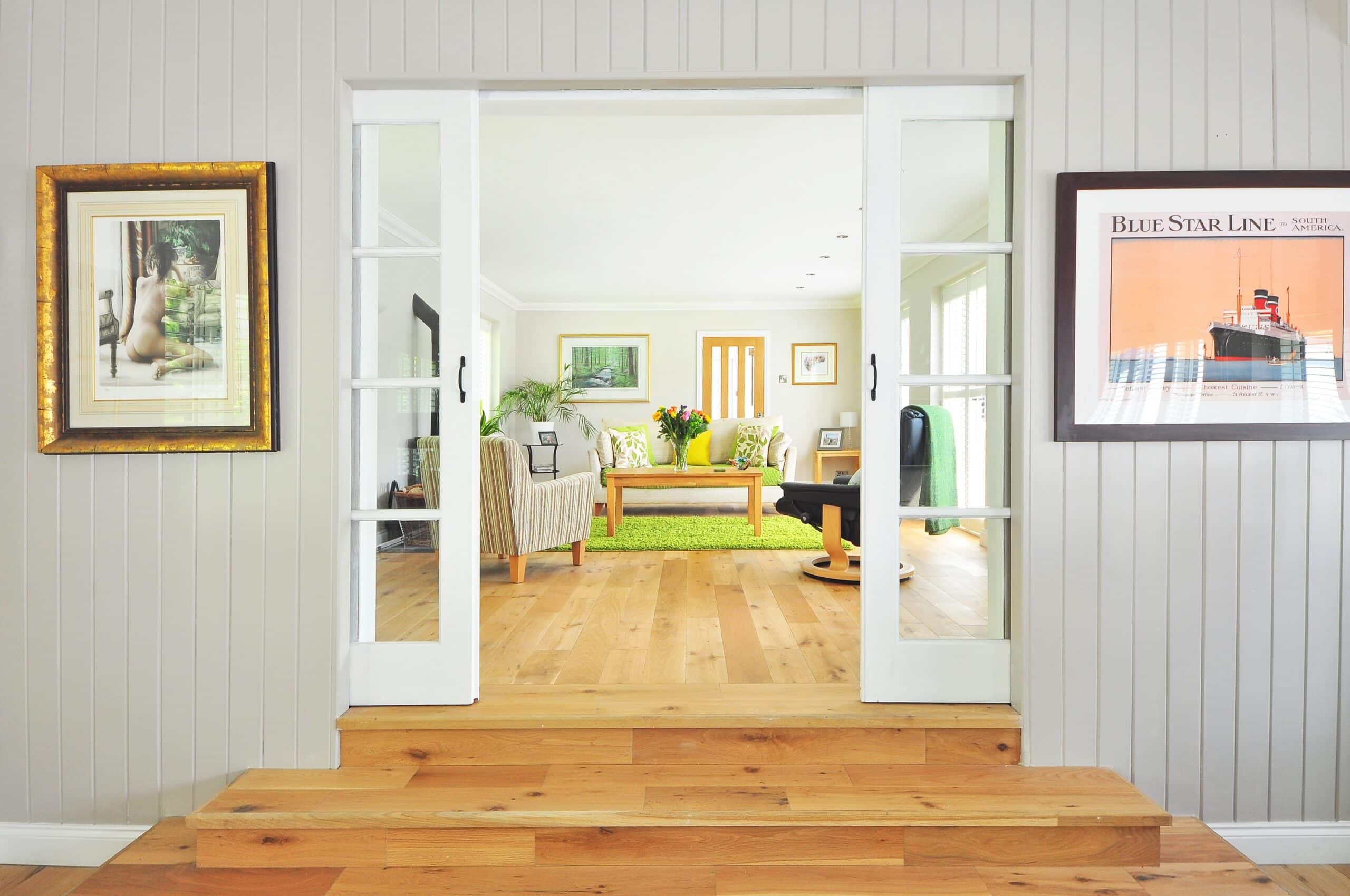By now, most people have at least one smart device in their homes. Perhaps you’re considering adding to what you already have. In that case, it’s time to talk about the concept in larger terms,
Where do I Start with a Smart Home System?
Before you start looking at products, reading reviews, and learning what is possible with different kinds of smart devices, you should ask yourself: what problem do you want to solve or what piqued your interest in smart home devices?
A basic Z-Wave smart home system can answer many of the common problems that homeowners are looking to solve. With over 4500 certified Z-Wave products, the possibilities for customization are endless, catering to your specific needs for functionality, aesthetics, and compatibility with existing technology in your home.
What Are the Components of a Basic Z-Wave Smart Home System?
A basic Z-Wave system should always include a hub, as a hub serves as the central controller of your home and unlocks many of the automation possibilities of using devices together, it will also help you scale your smart home over time as you desire. From there, other basic components can include a smart lock, intelligent lightbulbs, and sensors for doors and windows.
Smart Locks: Enhance your home's security with Z-Wave smart locks. These locks offer keyless entry, allowing you to open your door with a code or a mobile app. You can also monitor when people are leaving or arriving. This is also extremely useful for keeping track of children returning from school or managing access for visitors.
Fortifying Your Home with Z-Wave Smart Locks>
Door/Window Sensors: An extension of smart locks is the addition of door and window sensors. Z-Wave-certified sensors help you monitor any place people can enter or exit. They alert you if doors or windows are opened unexpectedly, adding an extra layer of security. These sensors are also useful for energy efficiency, reminding you to close windows to maintain your home's temperature.
Smart Lights: Z-Wave smart lighting systems offer both convenience and energy savings. You can automate lights to turn on or off based on your daily schedule, ambient light levels, or specific triggers like motion detection.
All these options can be brought together as one automation. These smart home upgrades are accessible and manageable for beginners, making it easy to enter the world of smart home technology.
Remember, building a Z-Wave smart home system doesn't have to be complicated. Start simple and gradually expand as needed. The good news is that Z-Wave certification ensures all Z-Wave products work together with each other regardless of brand, including backward compatibility between versions.
With some effort and affordable and accessible tech, you can easily upgrade your home and improve your day-to-day life.
